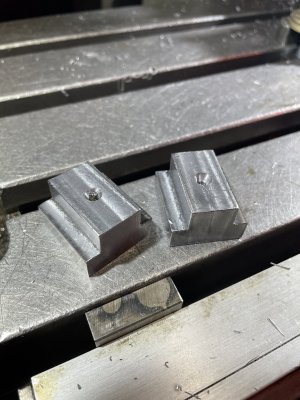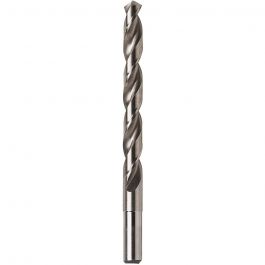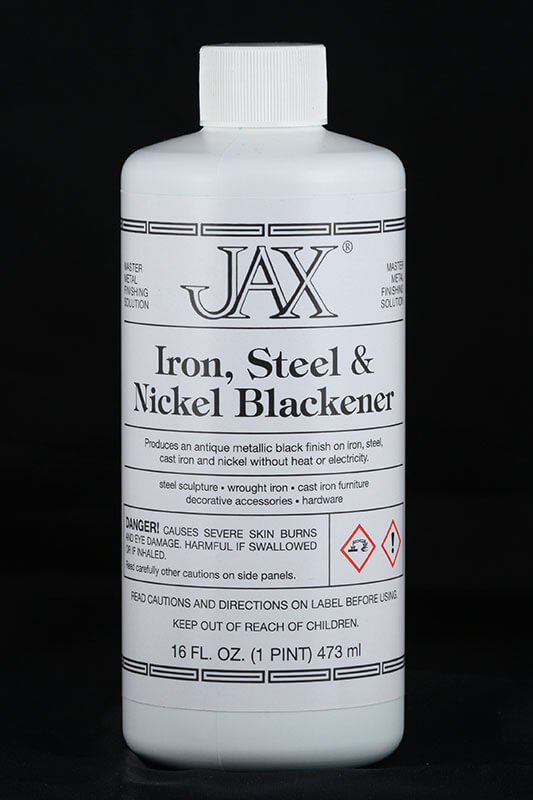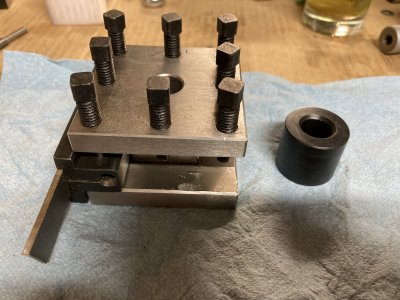Google is always listening.... She knows I was writing about Bolts...... So this article popped up in my google feed this morning.
I like the article a lot. It is an easy read and infinitely better than a YouTube video. It covers many of the things I tried to describe above in an excellent way - much better than I did and much more general and useful than my simplified focus on T-Nuts and T-Slots. I especially like the way he uses springs as analogies for threaded connections. Of course, it doesn't address the issue of Cast Iron T-slot fragility, but in my opinion, it's still a highly recommended read for anyone using bolts and nuts. I'm going to repeat this post in the reference section of the forum.
At the end of his article he suggests additional reading. "An Introduction to the Design & Behavior of Bolted Joints" by John Bickford. I have this book in my Library. It is excellent, but prolly a bit more than most would need. But if you really want to to know more about Bolted Connections, this is the book to get.
Bickford also has another book called "A handbook of Bolts and Bolted Joints." I've seen it but don't have my own copy. It's more of an applications book than a reference text book. He also has one on Gasketed Connections.
I think the main take away is that there is a lot more to a Bolted Connection than just a Threaded Bolt & Hole.
I like the article a lot. It is an easy read and infinitely better than a YouTube video. It covers many of the things I tried to describe above in an excellent way - much better than I did and much more general and useful than my simplified focus on T-Nuts and T-Slots. I especially like the way he uses springs as analogies for threaded connections. Of course, it doesn't address the issue of Cast Iron T-slot fragility, but in my opinion, it's still a highly recommended read for anyone using bolts and nuts. I'm going to repeat this post in the reference section of the forum.
At the end of his article he suggests additional reading. "An Introduction to the Design & Behavior of Bolted Joints" by John Bickford. I have this book in my Library. It is excellent, but prolly a bit more than most would need. But if you really want to to know more about Bolted Connections, this is the book to get.
Bickford also has another book called "A handbook of Bolts and Bolted Joints." I've seen it but don't have my own copy. It's more of an applications book than a reference text book. He also has one on Gasketed Connections.
I think the main take away is that there is a lot more to a Bolted Connection than just a Threaded Bolt & Hole.





